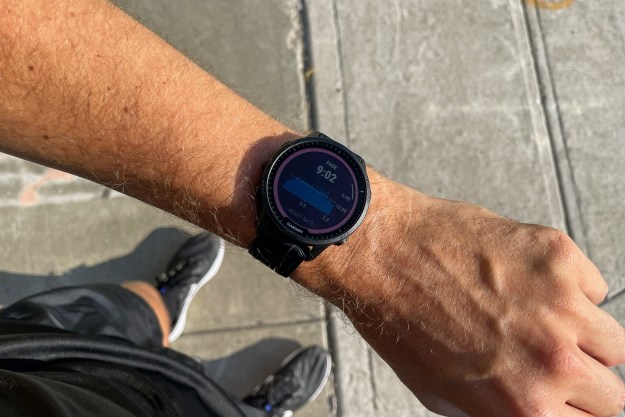The new sensors undergo an unusual development process — a researcher chews a piece of doublemint for 30 minutes. The gum is then washed in ethanol and infused with carbon nanotubes using a folding and stretching technique. The nanotubes are flexible and conduct electricity, making it possible to use the gum as a medical sensor when connected to a conventional monitor. They can be used to detect small body movements such as the subtle movement of a patient’s chest while breathing or the passage of blood throughout the body. The sensors can even detect changes in humidity, allowing them to be used to monitor the water vapor that is released when a person breathes through the nose or mouth.
Because it is flexible and can be formed into various shapes, the gum-based sensor offers an advantage over traditional sensors, which are usually made of metal or some other similarly rigid material. The gum sensors also are superior to the latest plastic sensors, which may offer some flexibility, but are not nearly as malleable as the gum. Research results show that the gum can move with the patient, experiencing a strain as high as 530 percent without losing their sensitivity. They also reportedly will cost as little as $3, reports Fortune.
Though chewing gum sensors may be unique, they are not the only cutting-edge sensors making headlines. In fact, they are one of many smart devices emerging from the rapidly growing biotechnology market, which is expected to grow to a $600 billion industry by 2020. Other interesting wearable or medical sensors include the Tech Tat tattoo skin monitor, the compression-sock encased BSXinsight, and others.



